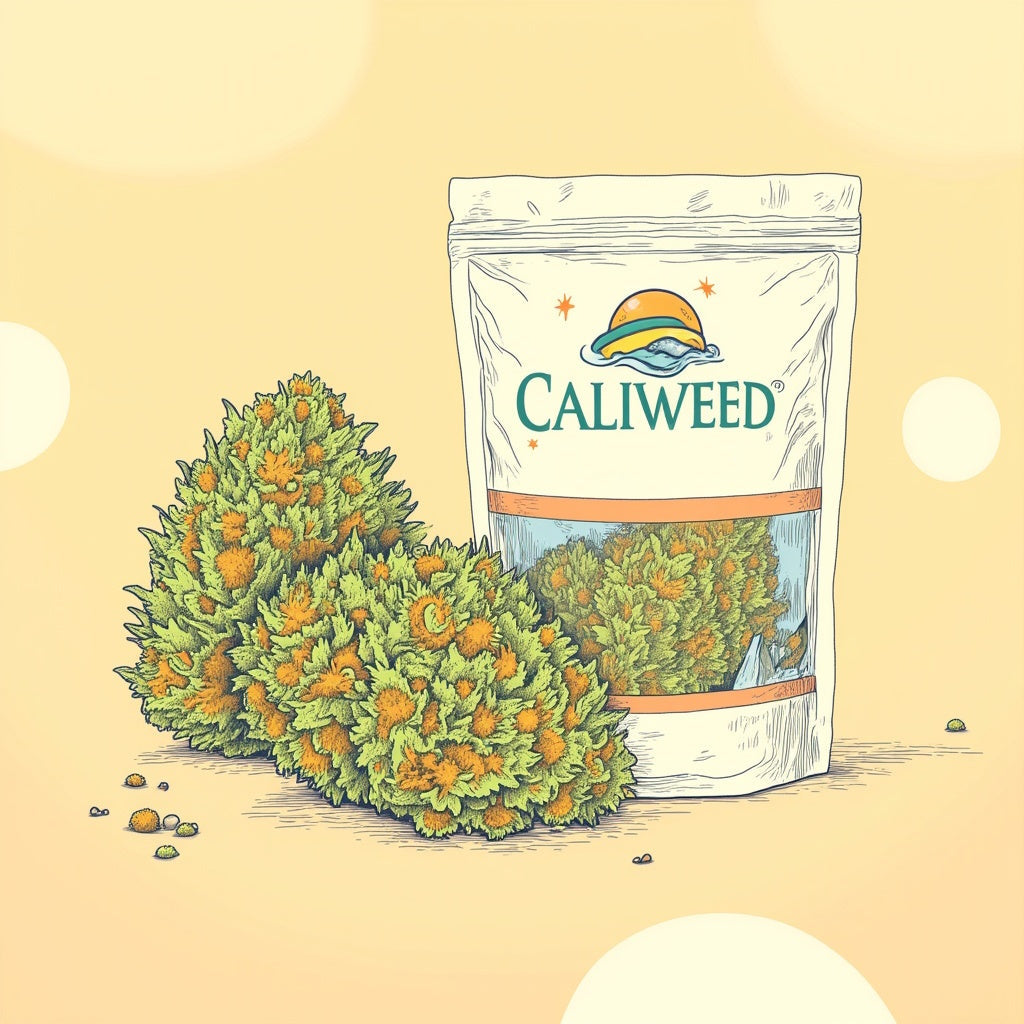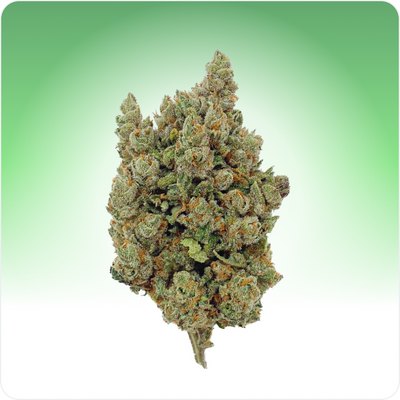CBD Hydroponics
New ways of growing CBD are emerging. Hydroponics is one of them. Try Cali Weed's hydroponic CBD flowers!
CBD Hydroponics
What is hydroponics?
Hydroponics is an innovative method of growing CBD. With this method, soil is no longer needed to grow CBD flowers.
Plants are grown in a nutrient solution containing minerals. Growers use an inert substrate. For example, coconut fibre, rock wool or clay balls. These materials support the roots of CBD plants, while promoting the absorption of nutrients essential for growth.
Growing CBD hydro gives growers complete control over growing conditions. They can adapt watering and other conditions to the plant's needs. The CBD hydro cultivation method also protects plants from bad weather. As a result, harvests can be completed more often, resulting in higher yields.
In turn, this enables us to offer you low-priced CBD flowers of the highest quality.
The advantages of hydroponic CBD cultivation
Growing cannabis hydroponically offers many advantages. For growers and consumers alike. As with greenhouse CBDgreenhouse cultivation, plants are protected from the elements (rain, wind, etc.).
The hydroponic CBD flower enjoys a controlled environment in which it can fully flourish. Flowers from hydroponically-grown cannabis are therefore generally denser, more uniform and more compact. Because their nutrient intake is precisely controlled, hydroponic CBD flowers are richer in trichomes.
The result is flowers with more pronounced aromas. This is one of the main differences between hydro and CBD Indoor for example.
But hydroponics offers many other advantages. Because conditions are controlled, and crops are protected from the vagaries of the weather, yields are higher. Yields up to 30% higher than with traditional methods.
Finally, hydro CBD is greener. Since watering can be better controlled, hydroponics allows water to be used more efficiently. Compared with traditional growing methods, hydro CBD reduces water consumption by 90%. What's more, since nutrients are absorbed directly by the roots, wastage is reduced.
Buy hydroponic CBD flowers on Cali Weed
When you buy hydroponic CBD flowers from Cali Weed, you can be sure of getting products that comply with regulations. In fact, all our CBD flowers contain less than 0.3% THC (which is the current standard).
What's more, choosing a hydroponic CBD flower is your guarantee of clean, safe flowers. Just like our glasshouse CBDglasshouse products, our hydroponic flowers are protected from the various contaminants that can be found outdoors (notably in the soil). This means that our products are cleaner, and that you can fully enjoy the different aromas.
At Cali Weed, we carefully select the growers (and the products) we wish to offer. We have chosen to offer strains from California.
And with good reason, these mostly iconic varieties offer rich terpene profiles. This gives you the best possible experience when using our products.
FAQ
Does hydroponic CBD perform well?
Yes, hydroponic CBD offers good yields. Yields can even be 30% higher than traditional cultivation. This is because all conditions are under control, and crops are protected from external hazards.
Is hydroponic CBD cultivation environmentally friendly?
Yes, hydro CBD cultivation is environmentally friendly. Because it takes place in a controlled environment, water use is better managed. Growers have reported a 90% reduction in water consumption (compared with more traditional methods). It's a more sustainable and ecological method.
What are the characteristics of hydroponic CBD flowers?
Hydroponic CBD flowers benefit from a controlled environment. This encourages their development. The result is more compact, denser and more uniform flowers. They are also richer in terpenes, giving them more powerful aromas.
What are the differences with living soil cultivation?
The big difference is that hydroponics reduces exposure to contaminants in the soil. In living soil, there may be traces of pesticides, heavy metals or other impurities. Since hydro CBD cultivation uses an inert substrate, it limits these risks.






